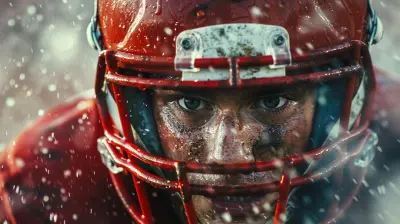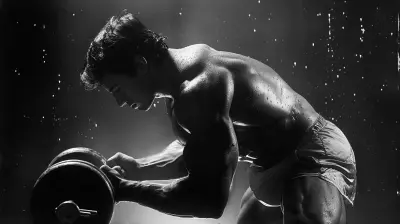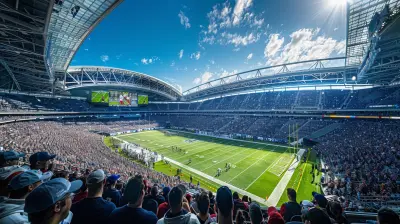How to Use Small-Sided Games to Improve Team Play and Decision-Making
19 October 2025
If you're a coach, player, or just someone who loves the game, you've probably asked yourself — how can I make my team play better together? How can I sharpen their decision-making during matches? Here's the game-changer: small-sided games (SSGs).
Small-sided games have been around for a while, but their real value is just now getting the spotlight it deserves. These aren't just miniature versions of full matches. They're intentional, high-rep, decision-heavy training tools. By reducing the number of players and the size of the field, you force players to think quicker, act smarter, and operate as a true team.
In this article, we're diving deep into how you can use small-sided games to boost team play and decision-making. Whether you're coaching youth soccer, elite basketball, or even a pickup hockey team, the principles are gold.
Ready to turn your team into thinkers and movers? Let’s get into it.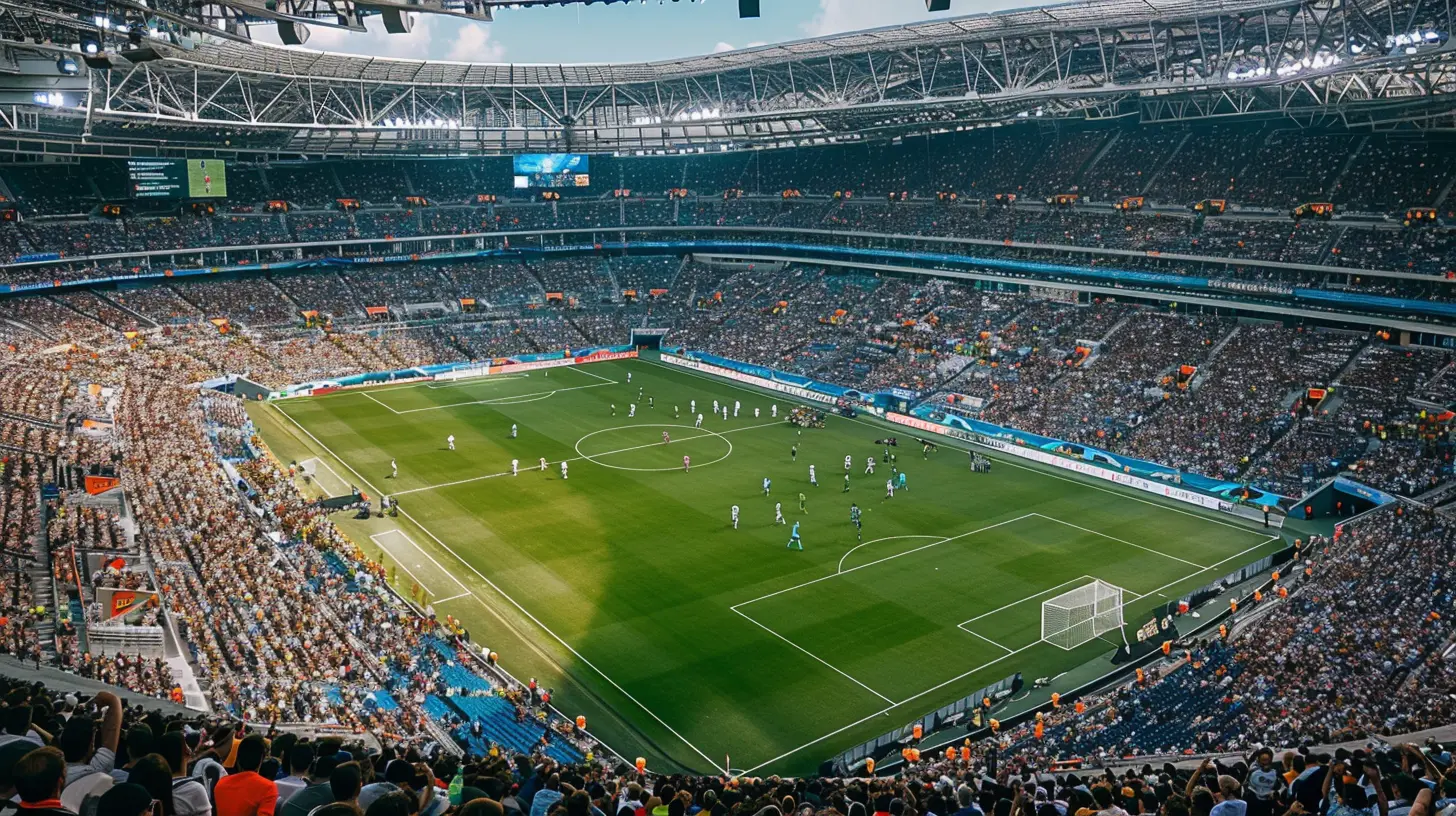
What Are Small-Sided Games?
Let’s start with the basics. Small-sided games are scaled-down versions of the full game, played with fewer players and often on a smaller pitch or court. Think 3v3, 4v4, or 5v5 with modified rules to focus on specific aspects of play.Why’s this important? Well, less space and fewer players mean more touches on the ball, more 1-on-1 situations, and a faster pace. Basically, the game becomes more intense, and players are constantly involved.
Examples of Small-Sided Games
- Soccer: 4v4 with mini-goals and no goalkeepers to improve attacking decisions.- Basketball: 3v3 half-court to work on off-ball movement and spacing.
- Hockey: 2v2 in a corner zone to emphasize puck control and defensive coverage.
These games can be tailored to target specific skills, mental sharpness, and team trust.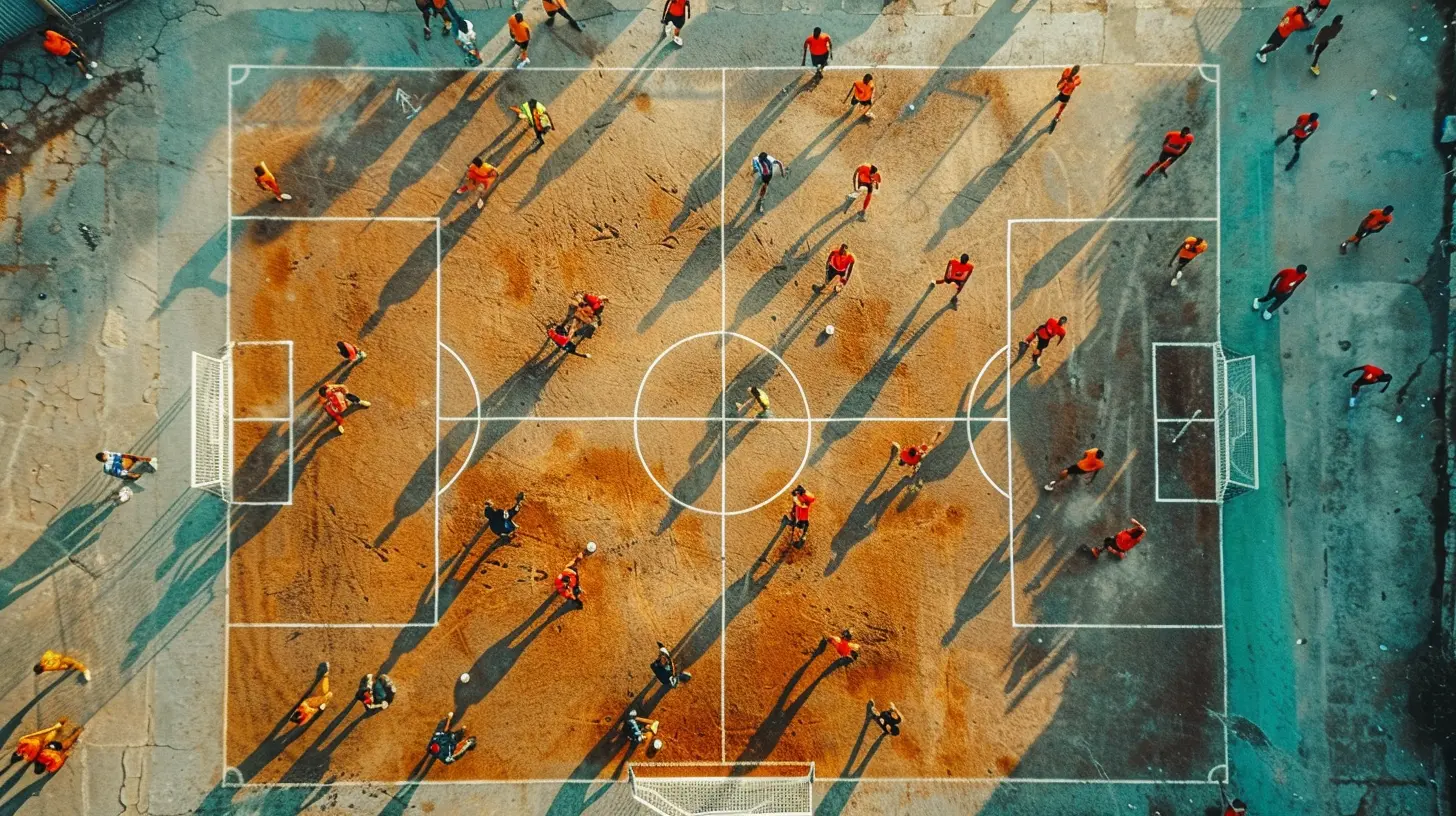
Why Use Small-Sided Games?
Think of it this way — you wouldn’t teach someone to swim by throwing them into the deep ocean, right? Same goes for team sports. Small-sided games let you teach players the mechanics of team play in a safer, more focused environment.Still not convinced? Here’s a breakdown of why SSGs are a gold mine:
1. Increased Engagement
In a full 11v11 soccer match, a midfielder might only touch the ball 20-30 times. In a 4v4? Hundreds. Every player is actively involved in both offensive and defensive actions.2. Decision-Making Under Pressure
With less time and less space, players must think fast. Do I pass or dribble? Should I stay or press? These constant decisions sharpen mental agility like nothing else.3. Faster Skill Development
More touches = more reps. More reps = faster learning. Whether it’s dribbling, passing, or shooting, players improve quicker in these high-touch environments.4. Better Team Communication
When you’re close to your teammates, talk becomes essential. Players naturally start guiding each other, calling for passes, and organizing defense. It’s instinctive.5. Adaptability Across Sports
Soccer, basketball, hockey, rugby — the concept of SSGs works everywhere. It's all about creating situations that mimic real game challenges with more intensity and focus.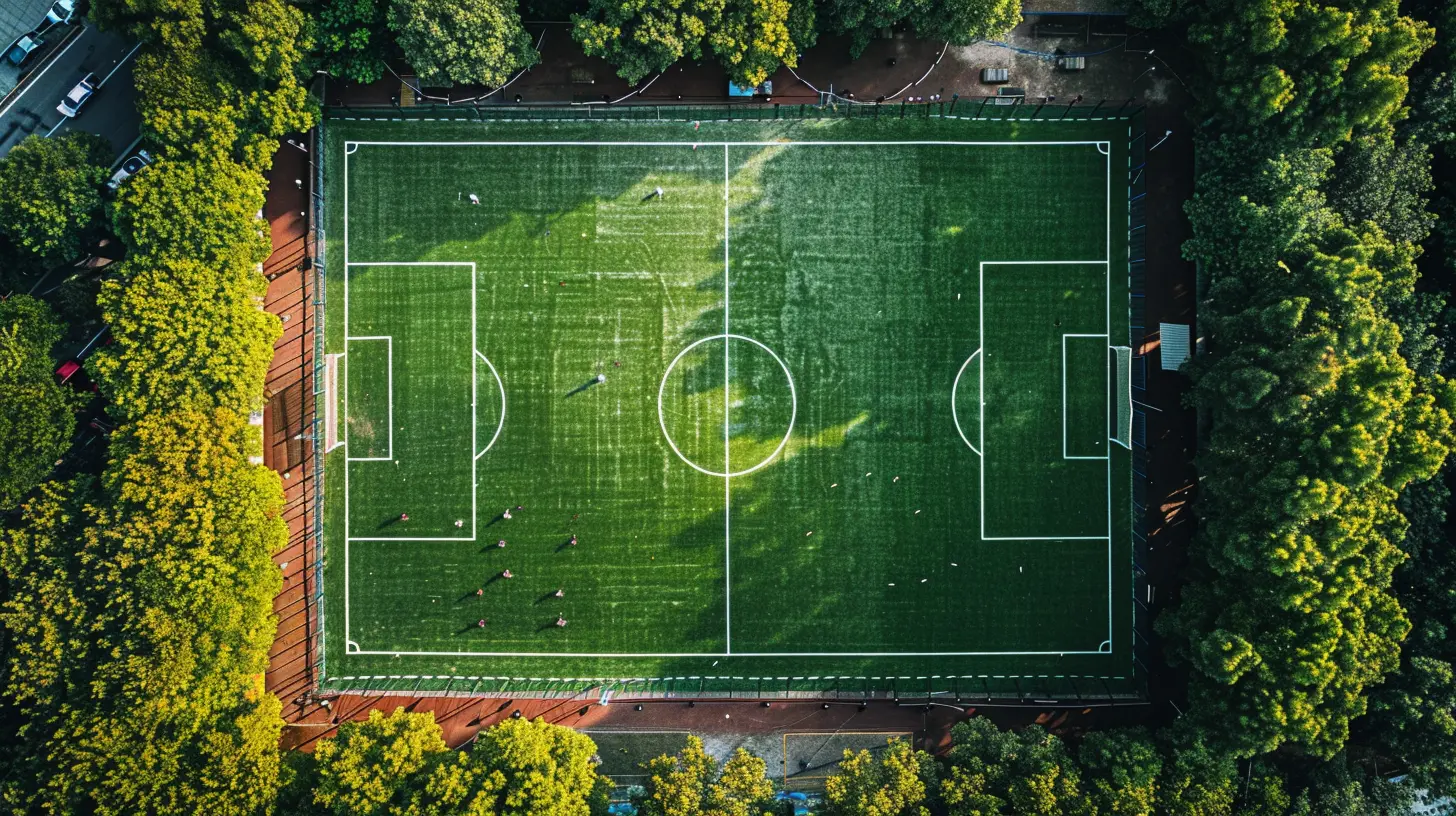
Building Team Play Through Small-Sided Games
Alright, now let's get practical. How exactly do small-sided games enhance team play?Promote Creativity and Fluidity
Traditional drills can be rigid. SSGs? They’re like jazz — free-flowing, creative, and reactive. Players learn to adapt, improvise, and solve problems in real time. They figure out what works and what doesn’t, without being spoon-fed.For example, in a 3v3 game where scoring only counts after a give-and-go, players are forced to look for teammates and move off the ball. You can’t ball-hog your way to a win here.
Force Role Awareness
Have you ever noticed that in a full game, some players tend to disappear? In SSGs, that’s basically impossible. Everyone has to step up — defend, attack, organize. This brings out leadership qualities and builds an understanding of what teammates need from each other.Encourage Quick Transitions
Small-sided games are rapid-fire. The ball changes possession quickly, so teams must switch from offense to defense in a flash. This builds transition awareness and teaches players to support teammates even when the play changes direction.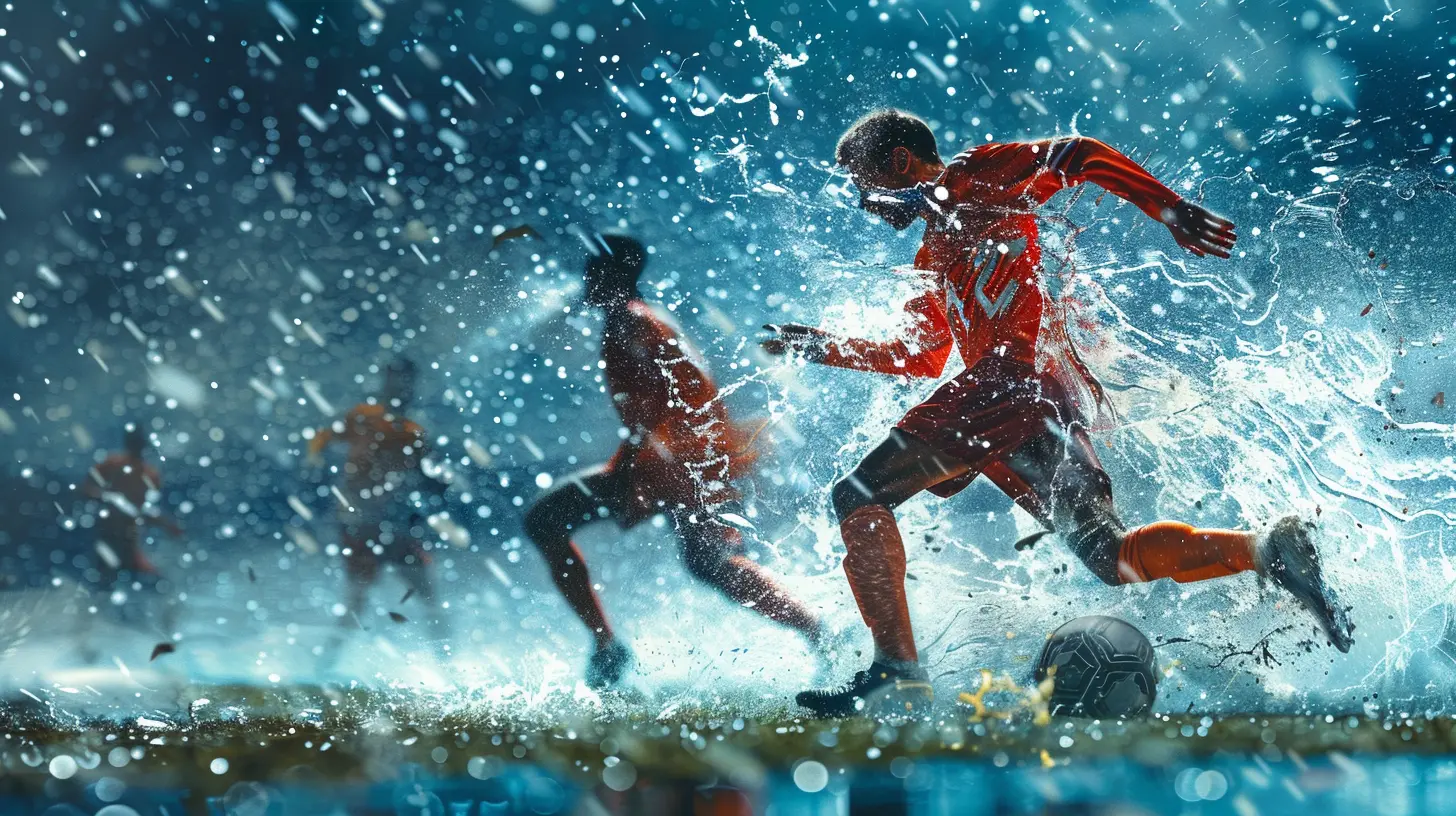
Enhancing Decision-Making with Small-Sided Games
Here’s where the brain work kicks in. Decision-making isn’t just about tactics — it’s cognitive fitness. The ability to scan, anticipate, decide, and execute in a split second is the ultimate weapon.Repetition Without Repetition
Sounds weird, right? But in SSGs, players encounter endless variations of similar situations. So while they’re practicing the same principles (like how to support a teammate), the context always changes. This builds true understanding, not just robotic habits.Encourage Risk-Taking (and Learning from Failure)
Smaller games reduce the fear of messing up. When mistakes happen, they’re part of the process — not a game-losing catastrophe. This encourages players to try new moves, experiment with angles, and develop confidence under pressure.Train the Brain and the Body
Let’s not forget — the brain is a muscle too. Constant decision-making under fatigue in SSGs helps players build focus and endurance. They’re learning to stay mentally sharp even when their bodies are screaming.How to Design Small-Sided Games for Maximum Impact
Now that you’re sold on the idea, how do you go about designing your own small-sided games? Here's a cheat sheet:1. Define the Objective
Want to improve through balls? Focus on compact 4v4 fields with mini-goals. Looking to sharpen transition defense? Try 3v3 where goals can only be scored within 5 seconds of winning possession.2. Set Constraints
Use restrictions to teach specific lessons. For example:- One-touch passing only = emphasizes spacing and timing.
- Must make three passes before scoring = promotes team buildup.
- No backward passes = encourages forward-thinking.
The goal is to shape player behavior without lecturing.
3. Mix Up Teams and Roles
Don’t let players get comfortable. Rotate teammates, positions, and matchups often. This replicates real-game unpredictability and challenges players to adapt with different playing styles.4. Use Timed Rounds and Scorekeeping
Gamify the drills. Create mini-tournaments, keep score, add stakes. This boosts intensity and gives players something to fight for. Trust me, even a pack of gummy bears can become a world cup if you hype it up right.Common Small-Sided Game Formats (With Examples)
Here are a few tried-and-true formats that you can tweak for different goals:4v4 Possession Game
- Goal: Improve passing under pressure- Setup: Grid size 20x20 yards/meters, four players per team
- Rules: Keep possession for X number of passes = 1 point
- Add-on: Limit touches to 2 for added pressure
Numbers Up Game (3v2, 4v3)
- Goal: Teach overload situations and spacing- Setup: One team with an extra player
- Rules: Underloaded team earns bonus points for successful turns or clearances
- Add-on: Rotate overload advantage every few minutes
Transition Chaos Drill
- Goal: Speed up the switch between offense and defense- Setup: 3v3 in the middle, with two neutral players on the side
- Rules: After a goal, losing team sprints to reset instantly while new team steps in
- Add-on: Add conditions like “must score in 7 seconds”
Tips for Coaches and Trainers
Implementing small-sided games the right way takes a little practice. Here are some quick tips:- Watch More, Talk Less: Observe decision-making patterns and adapt the game rather than interrupting constantly.
- Keep the Flow Going: Long pauses kill energy. Set up transitions quickly to keep intensity high.
- Praise Smart Play: Highlight good decisions, not just flashy skills. That silent pass to relieve pressure? Applaud it.
- Reflect After Sessions: Ask players what they noticed, what worked, and what didn’t. Encourage them to self-analyze.
- Film It: If possible, record sessions. Visual feedback is a powerful tool for improving awareness and decision-making.
Final Thoughts
Small-sided games might look, well… small. But their impact is anything but. They mimic the chaos of live play, put brains and bodies to the test, and foster technical growth while sharpening tactical minds. They're dynamic, fun, and incredibly effective for teaching the nuances of team play and the split-second decision-making that separates good from great.So, next time you're planning a session, think small to go big. Set up a few cones, cut down the player numbers, throw in a clever rule or two — and watch your players transform right before your eyes.
Train smart. Play smarter.
all images in this post were generated using AI tools
Category:
SoccerAuthor:

Everett Davis
Discussion
rate this article
1 comments
Sylph McGuire
Small-sided games are the hidden key to unlocking team synergy. But what if the real challenge lies not in the game itself, but in the unspoken dynamics between players? Dive deeper to uncover the secrets of effective decision-making.
October 28, 2025 at 4:47 AM

Everett Davis
Absolutely! Small-sided games reveal not only tactical skills but also the unspoken communication and trust among players, which are vital for effective decision-making. Understanding these dynamics can significantly enhance team synergy.
